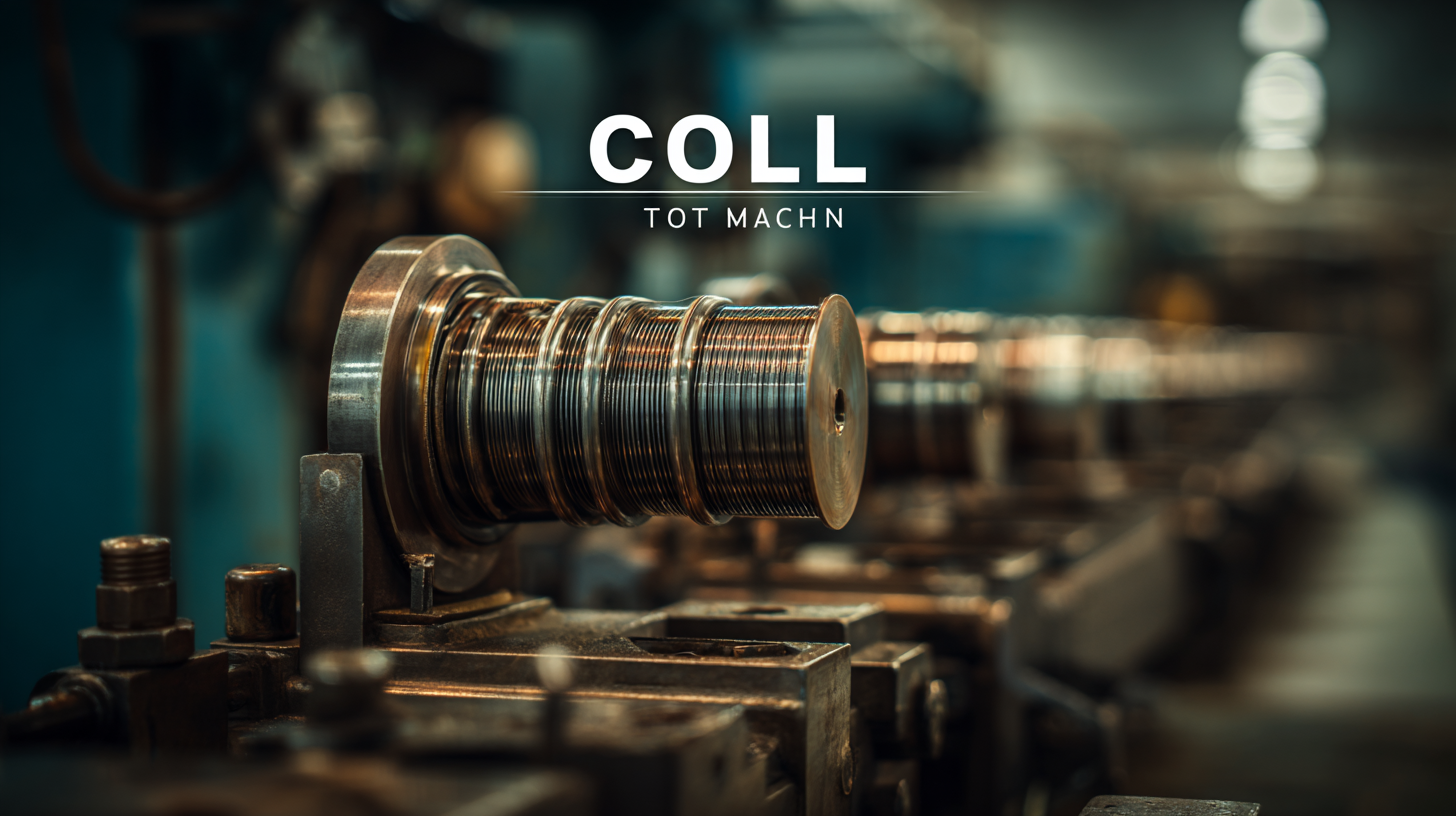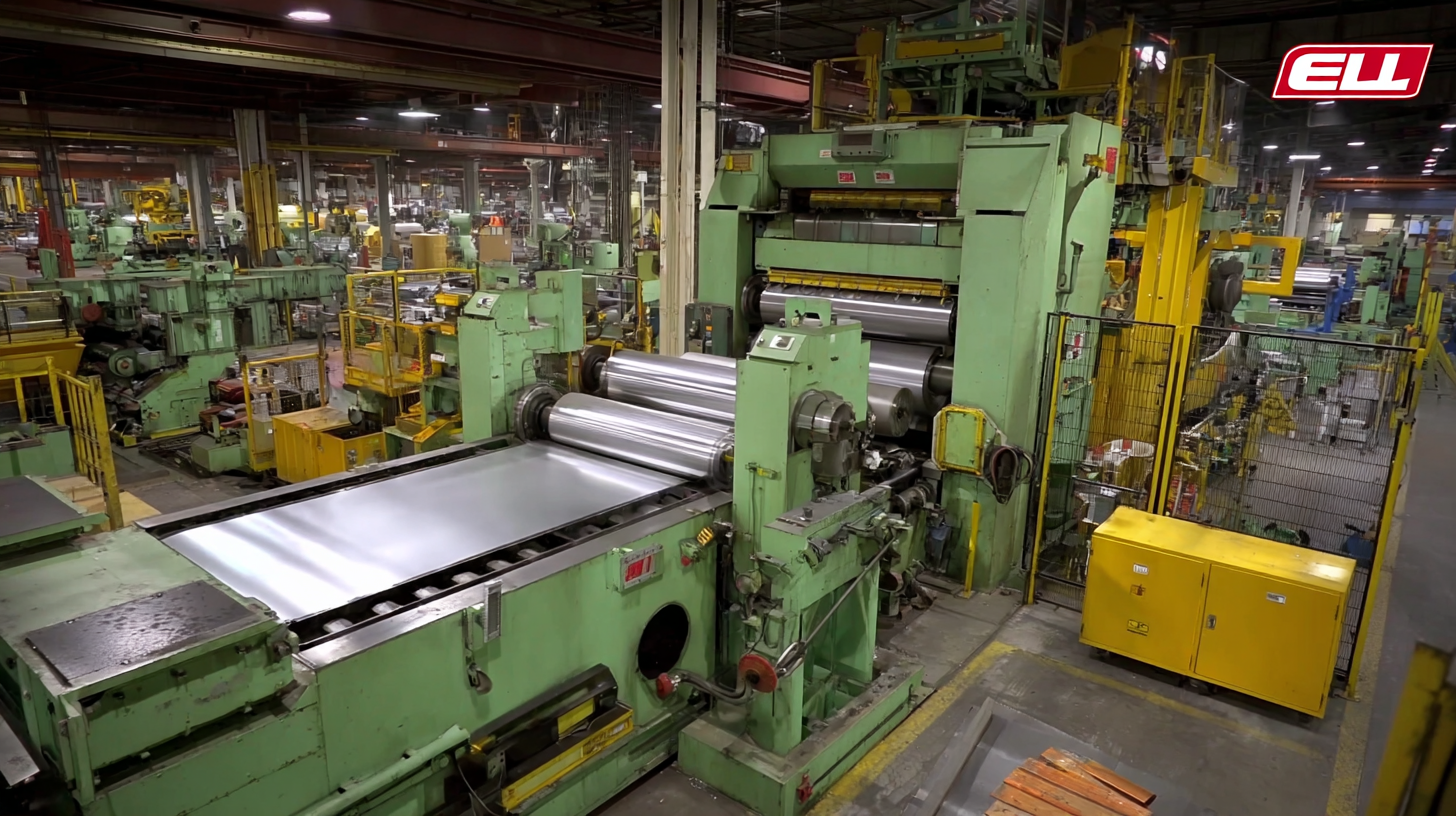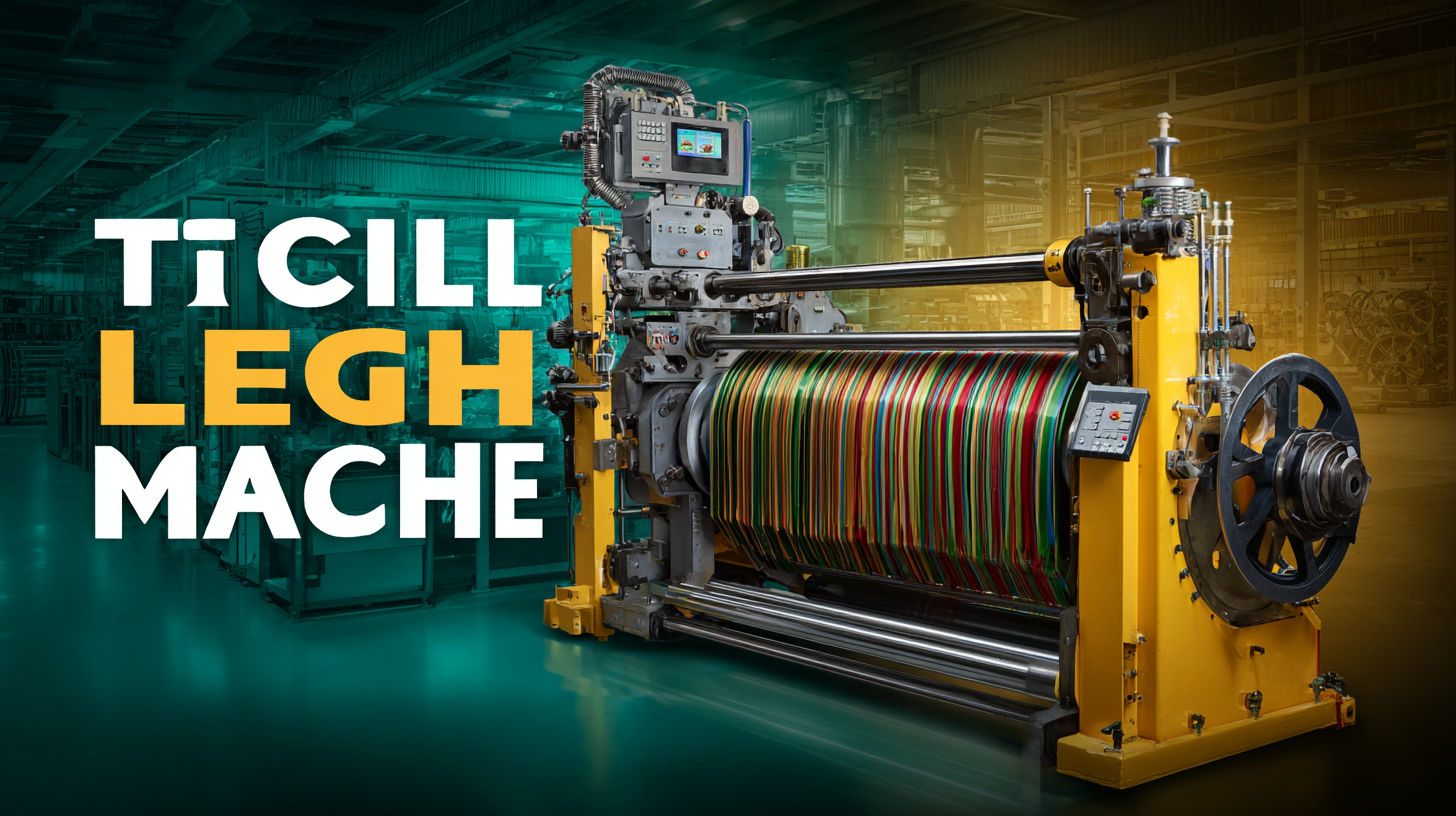
In today’s manufacturing landscape, the demand for precision and efficiency has never been higher, particularly in industries relying on metallic materials. According to a report by MarketsandMarkets, the global market for Coil Cut To Length Machines is projected to grow significantly, driven by the increasing demand for customized metal products and the rise of automated manufacturing processes.

Selecting the right Coil Cut To Length Machine for your factory needs is crucial to enhance productivity and maintain competitive advantage. These machines not only streamline operations by reducing waste and improving cutting accuracy, but they also support the intricate requirements of various sectors, such as automotive, aerospace, and construction.
In this ultimate guide, we will explore the essential factors to consider when choosing a Coil Cut To Length Machine, ensuring that you can make an informed investment that aligns with your business objectives.
When considering the purchase of a coil cut to length machine, it’s essential to understand the various types available in the market. These machines typically vary by their mechanism of cutting, such as hydraulic, mechanical, and pneumatic systems. Each type presents unique advantages depending on your production needs, whether it's for thicker materials or high-speed operations. Recent market reports indicate that the cutting machine sector is experiencing robust growth, with the hardwood segment specifically projected to expand significantly through 2030.
Tips: When selecting a machine, consider the type of materials you will be processing. Thicker coils may require a more robust hydraulic model, whereas high-volume production lines benefit from faster mechanical systems.
Additionally, it's crucial to look into the overall market trends. The global coil cut to length machines market is on the rise, and as the demand for precision and efficiency increases, manufacturers are investing in advanced machinery. Keeping an eye on these trends can help you make a well-informed decision that fits your factory’s specific requirements.
Tips: Evaluate the long-term cost of ownership, including maintenance and energy consumption, alongside the initial investment to ensure durability and efficiency for years to come.
When selecting the best coil cut to length machine for your factory, several key features should be at the forefront of your decision-making process. First and foremost, the machine's cutting accuracy is crucial. A precise cutting mechanism ensures that the materials you process meet exact specifications, reducing waste and enhancing productivity. Consider machines that offer adjustable cutting speeds and lengths to suit various material types and improve efficiency.
Another important feature to assess is the machine's ease of operation and maintenance. A user-friendly interface allows operators to quickly adapt to the machinery, while regular maintenance requirements should be minimal to avoid excessive downtime. When evaluating options, look for machines equipped with automated features that can streamline operations and reduce manual interventions.
Additionally, pay attention to the machine's build quality and durability. A robust design is essential for handling heavy coils, and investing in a reliable machine will prevent frequent repairs and replacements. Consider the manufacturer's reputation and customer support services to ensure you have access to assistance when needed.
**Tips:** Always request a demonstration if possible, as this will give you firsthand experience of the machine's capabilities. Furthermore, ensure that the machine complies with safety standards to protect your workforce and maintain a safe production environment.
 When selecting a coil cut to length machine for your factory, the first step is to clearly evaluate your specific needs and production requirements. Different factories have unique operational workflows, material types, and production volumes that significantly influence the choice of equipment. Consider the thickness and width of the coils you typically process. This will narrow down options that can handle the material effectively while ensuring precision in cutting. Moreover, examine the types of materials, whether ferrous or non-ferrous metals, as this can dictate the necessary machine features, such as blade quality and cutting speed.
When selecting a coil cut to length machine for your factory, the first step is to clearly evaluate your specific needs and production requirements. Different factories have unique operational workflows, material types, and production volumes that significantly influence the choice of equipment. Consider the thickness and width of the coils you typically process. This will narrow down options that can handle the material effectively while ensuring precision in cutting. Moreover, examine the types of materials, whether ferrous or non-ferrous metals, as this can dictate the necessary machine features, such as blade quality and cutting speed.
Additionally, assess your production capacity. How many coils do you need to cut within a specific timeframe? Understanding your output demands can help you determine the required speed and efficiency of the machine. It's also essential to factor in the level of automation you desire. A more automated machine may offer higher productivity but could also require a greater initial investment. Aligning these elements with your long-term business goals will ensure that the selected machine not only meets current demands but also accommodates future growth and technological advancements in your factory operations.
When selecting a coil cut to length machine for your factory, it’s crucial to evaluate cost, efficiency, and quality across various brands. According to a report by MarketsandMarkets, the global market for coil cutting machines is expected to grow at a CAGR of 5.7% between 2021 and 2026. This highlights a competitive landscape where evaluating the total cost of ownership (TCO) becomes essential. High-quality machines from reputable brands may have a higher upfront cost but could lead to savings in maintenance and downtime over time.
Efficiency plays a critical role in maximizing productivity. For instance, machines that offer automated adjustments can significantly reduce setup times. A study by ResearchAndMarkets indicates that advanced cutting machinery can enhance operational efficiency by up to 30%, something essential for factories aiming to streamline processes while maintaining high throughput. Furthermore, brands that implement rigorous quality control measures often provide machines that yield less scrap and rework, thereby improving the overall quality of the end product. Thus, investing in a superior coil cut to length machine not only supports immediate production goals but also aligns with long-term operational strategies.
| Model | Cost ($) | Cutting Speed (m/min) | Max Coil Width (mm) | Weight (kg) | Warranty (Years) |
|---|---|---|---|---|---|
| Model A | 15,000 | 15 | 600 | 500 | 2 |
| Model B | 20,000 | 20 | 800 | 600 | 3 |
| Model C | 25,000 | 25 | 1000 | 700 | 4 |
| Model D | 18,000 | 18 | 700 | 650 | 3 |
| Model E | 22,000 | 22 | 850 | 800 | 5 |
Maintaining a Coil Cut To Length machine is crucial for ensuring its longevity and optimal performance in your factory. Regularly checking the alignment and calibration of the machine can prevent unexpected downtime and improve accuracy during operation. Make it a habit to inspect wear parts, like blades and rollers, often, replacing them as needed to avoid costly repairs.
Another essential maintenance tip is to keep the equipment clean. Regularly clearing away debris and dust buildup helps maintain efficient operation and reduces wear on moving components. Lubricating mechanical parts according to the manufacturer's specifications is also vital. This not only minimizes friction but also reduces the risk of overheating and mechanical failure.
Lastly, implementing a regular maintenance schedule can significantly extend the life of your Coil Cut To Length machine. Consider training your operators on basic troubleshooting techniques and routine inspections to empower them to act quickly when issues arise. With proper care and attention, your machine can provide reliable service for years, ensuring smooth production processes in your facility.

